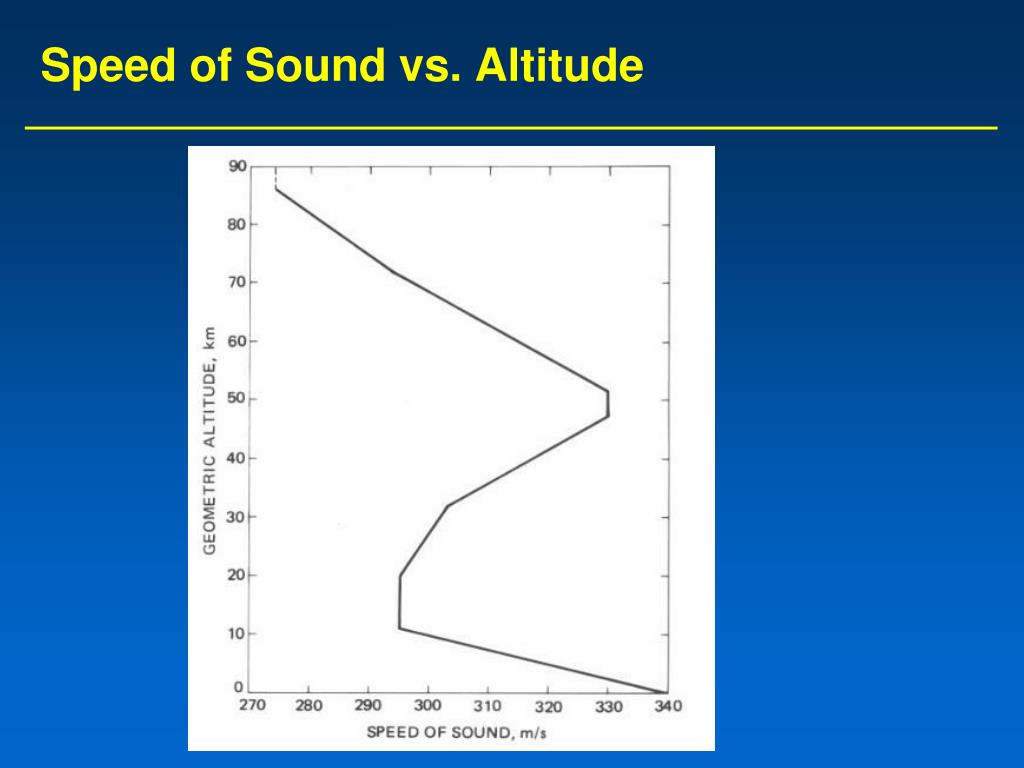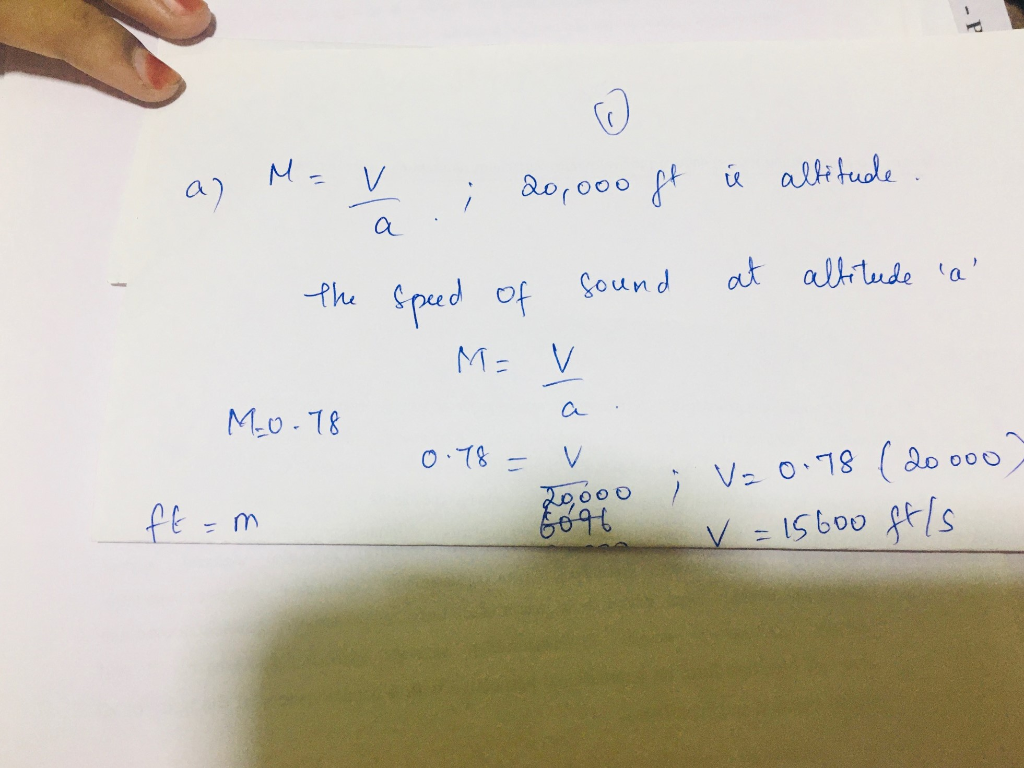

The first is to adjust the ballistic coefficient for a change in altitude which causes predictable changes in the standard atmospheric conditions. The calculation of the equivalent ballistic coefficient is carried out in three distinct steps. Nevertheless, the approximation is very good for hunting situations, and quite reasonable for target shooting as well. It must be emphasized that this procedure is only approximately correct, because the true bullet drag under other conditions is only approximated by the sea level standard drag ( G 1 ) and the equivalent ballistic coefficient. The procedure is to calculate an adjusted (or equivalent) ballistic coefficient for the new conditions, and then use ballistics from the tables for a “fictitious” bullet with this new ballistic coefficient. The answer to the second question is that there is a simple procedure which allows us to use the sea level standard atmosphere ballistics tables for other shooting conditions. However, the cooler temperature at altitude will cause a lower muzzle velocity, offsetting the improvement due to lower drag. Thus, if a shooter develops a load in pleasant weather at a low altitude location, and then shoots the same load at a higher altitude, his trajectory should be flatter due to lower bullet drag. Higher powder temperatures cause higher muzzle velocities, and vice versa. This is not always true, because the muzzle velocity developed by a gun depends on the temperature of the powder in each round.

Generally, as we go up in altitude, the speed of sound decreases, and this tends to further decrease drag.Ĭonsequently, a general answer to the first question posed above is that at higher altitudes bullets tend to shoot flatter and buck the wind better than they do at altitudes near seal level, provided of course that the bullets are fired with the same muzzle velocities at each altitude. The effect on drag of a change in the speed of sound is more complex, because the effect depends on bullet velocity relative to the speed of sound, as well as on altitude and atmospheric conditions. Opposite changes in these altitude or weather conditions tend to increase air density and, therefore, drag. When air density decreases, bullet drag decreases because the air is thinner. Air density tends to decrease if altitude increases, or barometric pressure drops below the sea level standard pressure value, or air temperature rises above the sea level standard temperature value, or a combination of high temperature and high humidity occurs. One way is by a change in air density, and the other is by a change in the speed of sound. To answer the first question, we need to understand that changes in altitude and atmospheric conditions affect bullet drag in two different ways. First, the ballistics tables provide us with trajectory data for these sea level standard atmospheric conditions, but what will happen to our bullet trajectories if we shoot at a location above sea level or with other atmospheric conditions? The second question is, how can the ballistics tables be used for higher altitudes and other atmospheric conditions? The standard barometric pressure and temperature are nominal, or average, values for the Aberdeen location. The values of ballistic coefficient in the table in Section 1.0 also correspond to these standard conditions, as does the drag function G 1. The values of air density and velocity of sound corresponding to these conditions are: (The symbol Hg denotes the chemical element mercury.) These standard conditions are:īarometric pressure: 750mm Hg-29.53 inches Hg Army Ballistic Research Laboratories at the Aberdeen Proving Ground in Maryland. For the ballistics tables in Sierra’s atmospheric conditions are the ones used for many years by the U.S. Because altitude and atmospheric conditions vary from location to location and from day to day, a standard altitude and standard atmospheric conditions have been adopted for the purpose of computing ballistics tables. 5.1 Effects of Altitude and Atmospheric Conditionsĭrag depends on the density of the air and on the speed of sound, and these in turn depend on altitude, temperature, barometric pressure, and relative humidity at the firing point.


 0 kommentar(er)
0 kommentar(er)
